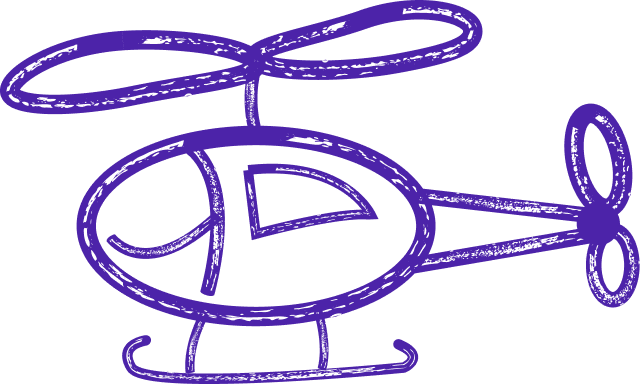
unicode
A Comprehensive Guide to Unicode
What is Unicode?
Unicode is a universally accepted character encoding standard that aims to provide a unique numeric code for every character used in writing systems across the world. It was developed to overcome the limitations of traditional character encoding systems, which were often specific to a particular language or script. With Unicode, characters from various scripts, including Latin, Cyrillic, Arabic, Chinese, and many more, can be represented consistently and accurately.
How does Unicode work?
At its core, Unicode assigns a unique code point to every character, symbol, or glyph. A code point is a numerical value that represents a specific character in a particular script. For example, the code point for the Latin letter "A" is U+0041, while the code point for the Greek letter "Ω" is U+03A9. These code points are written in the hexadecimal format, prefixed with "U+".
Unicode Transformation Formats (UTF)
Unicode Transformation Formats (UTF) are the most commonly used encoding schemes for representing Unicode characters in computer systems. UTF-8, UTF-16, and UTF-32 are the three main UTF formats.
UTF-8 is a variable-length encoding that uses 8-bit code units to represent characters. It is backward-compatible with ASCII, meaning that ASCII characters are represented using a single byte, while characters from other scripts require multiple bytes. UTF-8 is widely adopted and is the default encoding for web pages, email, and many modern applications.
UTF-16, on the other hand, uses either 16-bit or 32-bit code units to represent characters. It can handle the entire Unicode character set, but it may require more memory compared to UTF-8 for certain characters.
UTF-32 is a fixed-length encoding that uses 32-bit code units for all characters. It provides a straightforward mapping between code points and code units, but it can be memory-intensive, especially when dealing with large amounts of text.
Benefits of Unicode
Unicode has revolutionized the way computers handle text, offering several significant benefits:
1. Universal Character Representation: Unicode eliminates the need for multiple character encodings, allowing software and systems to support multiple languages and scripts simultaneously. This makes it possible to create truly multilingual applications and websites.
2. Compatibility and Interoperability: Unicode ensures that text can be exchanged and displayed correctly across different platforms, operating systems, and devices. It promotes seamless communication and collaboration between users worldwide.
3. Future-Proofing: As a standard that continues to evolve, Unicode can accommodate new characters and scripts as they are introduced. This ensures that modern systems can handle emerging languages and writing systems without requiring significant changes to existing infrastructure.
4. Search Engine Optimization (SEO): Unicode plays a crucial role in SEO as it enables search engines to properly index and display content in various languages. By using Unicode, website owners can optimize their content for international audiences and improve their visibility in global search results.
Conclusion
Unicode has become the foundation for multilingual computing, enabling the seamless exchange and display of text across diverse languages and scripts. Its universal character representation, compatibility, and future-proofing capabilities make it an essential component of modern information technology. By embracing Unicode, developers, content creators, and businesses can ensure their digital content reaches a global audience while adhering to international standards and best practices.
Let’s build your next digital product — faster, safer, smarter.
Book a free consultationWork with a team trusted by top-tier companies.








